Gritty Practical Leadership Book Five Star Review Try It on Amazon
Real Leadership Without the Gloss — Lessons That Last –Book Review Introduction Most leadership books fall into one of

History frequently emphasizes the great triumphs and extraordinary achievements of its most well-known leaders, but it is also crucial to examine those whose failures serve as timeless lessons. Even if they tried to leave their imprint, lesser-known historical figures usually fell short of their responsibilities and failed to protect their people. Examining these mistakes reveals their flaws and offers insights into the larger leadership lessons that can be learnt. This essay examines these leaders’ failings and contrasts them with well-known individuals whose lives are recognized for both their successes and their mistakes.
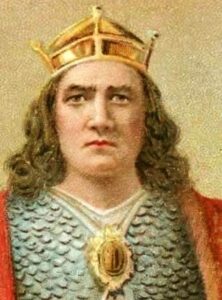
Critical mistakes befell another leader whose collapse was seen in the case of Edmund Ironside, the English monarch who confronted the Danish invasion spearheaded by Cnut the Great. His valiant struggle was ultimately met with the Danes’ conquest of England in 1016, as he was unable to bring the Anglo-Saxon factions together and create a potent defense plan.
England’s rival factions were unable to unite their support.
He weakened his position against a more organized opponent by making poor strategic decisions during conflicts.
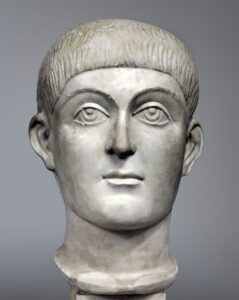
Emperor Valens, the Eastern Roman Empire’s ruler from 364 to 378 AD, is yet another illustration of a weak leader. His choice to fight the Gothic tribes in the Battle of Adrianople without sufficient planning or support resulted in a disastrous loss. The Roman Empire’s weaknesses were made clear by this pivotal conflict, which also hastened its downfall.
The power and prowess of the Gothic army were underestimated.
Failed to obtain the required reinforcements, which resulted in a crushing loss.
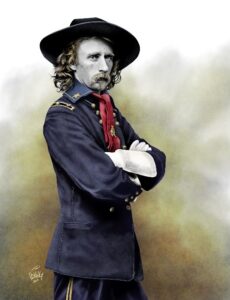
The most well-known aspect of George Armstrong Custer’s career in American military history is his participation in the 1876 Battle of Little Bighorn. A confederation of Native American tribes decisively defeated Custer’s men as a result of his belligerent tactics and arrogance. The U.S. Army suffered one of the most catastrophic losses in the Indian Wars as a result of his choice to strike without enough assistance and his inability to accurately estimate the strength and tactics of his opponents.
Miscalculated the power and prowess of the American Indian armies.
Without adequate reinforcements or strategic planning, an unfortunate charge was ordered.
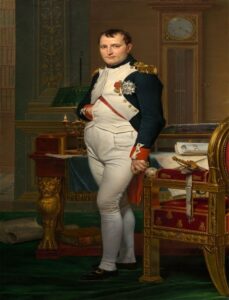
Napoleon Bonaparte is a legendary historical figure best known for his military prowess and the creation of the Napoleonic Code. But his downfall serves as an example of serious leadership shortcomings. One such instance is the 1812 invasion of Russia. Napoleon’s campaign proved to be a tragic failure, underestimating the hard-Russian winter and overestimating his own strength; this ultimately led to his army’s weakness and his final defeat at Waterloo.
Engaged in an ambitious military campaign without adequate logistical planning.
Did not account for the extreme weather conditions and extended supply lines.
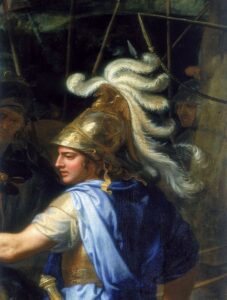
The great Alexander is renowned for his military prowess and extensive conquests. Still, there were serious shortcomings in his leadership, most notably his inability to handle the complexity and diversity of his empire. The empire broke apart into rival states after his death, underscoring his failure to create a long-lasting political system.
He failed to establish a solid strategy for the succession of his enormous empire.
Had trouble successfully integrating the various cultures that made up his dominion.
Rome was transformed by Julius Caesar’s military prowess and ambition, but the Roman Republic ultimately collapsed as a result of his quest for personal dominance. His crossing of the Rubicon and the civil war that followed helped his heir, Augustus, establish dictatorship. Rome became unstable due to Caesar’s contempt for republican principles and the consolidation of power in his own hands.
Ignored the established republican norms and institutions.
A tendency to center power on oneself, which causes instability in politics.
Several important leadership lessons are highlighted by the failings of both well-known and lesser-known leaders:
Leaders must continue to be sensitive to the wants and requirements of their followers and modify their plans in response to new difficulties.
Effective leaders must be able to anticipate obstacles, make strategic plans, and adjust quickly to changing conditions.
Long-term stability depends on maintaining harmony among various groups and creating a well-defined succession plan.
Gaining important insights into the intricacies of leadership can be achieved by examining the failures of lesser-known historical leaders. Famous leaders like Napoleon, Alexander, and Caesar can teach us a lot from their great achievements and mistakes, but less well-known individuals like Louis XVI, Edmund Ironside, and Valens can also teach us a lot from their mistakes. Gaining insight from these mistakes makes it easier to recognize the complex requirements of good leadership and the significance of handling obstacles from the inside as well as the outside.
Real Leadership Without the Gloss — Lessons That Last –Book Review Introduction Most leadership books fall into one of
A Masterclass in Leadership Through Real Stories Leadership Stories from the Corporate Jungle and Navy Deck Plates: Real Lessons,
Dr. Tom DePaoli CEO Apollo Solutions won an award for his book “Leadership by Storytelling: The Best Way to Learn Good Leadership Skills”,
Copyright © 2024 Dr. Tom’s Advice Blog | Powered by Dr. Tom’s Advice Blog